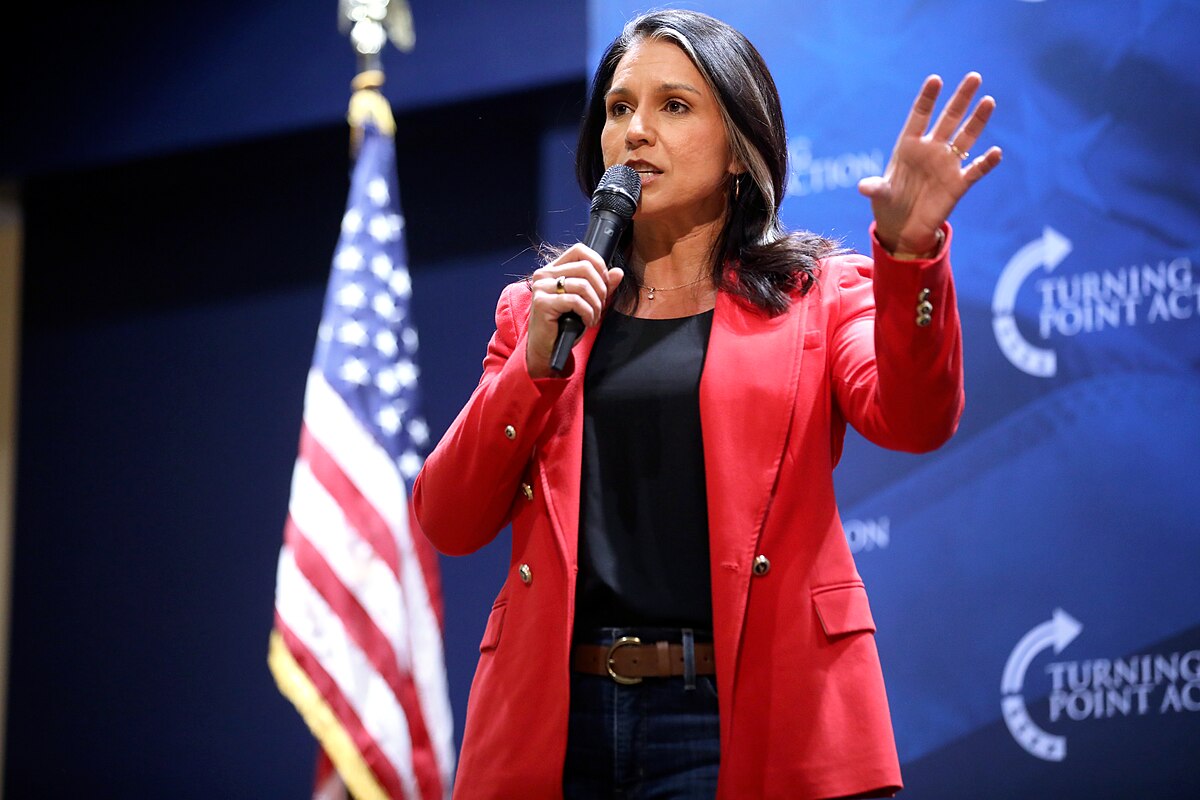Inflation climbed to 1.6% in February’s producer price index, surpassing expectations
Unexpected Inflation Surge Shakes Economic Confidence
The latest report from the Bureau of Labor Statistics has delivered a shockwave through economic circles. In February, the producer price index (PPI)—a key indicator of inflation—leapt to a yearly increase of 1.6%, substantially outpacing the anticipated 1.1%. This surge in inflation signals a heated climate that has investors and economic policymakers on high alert.
The Numbers Behind the Concern
Compounding the concern, this increase follows on the heels of a modest decline just a month earlier, suggesting a volatile shift in the inflation landscape. To add to the unease, on a month-to-month measure, the index saw a rise of 0.6%, a figure that doubles the forecasted growth—a telling sign that projections are struggling to keep pace with reality.
Comparing Producer and Consumer Inflation
Right on the heels of the PPI report, the consumer price index (CPI)—another crucial inflation gauge—also reported an unexpected annual increase to 3.2% in February.
This leap stands as an additional challenge to the Federal Reserve’s hopes of wrestling inflation down to its 2% target while simultaneously nudging interest rates downward.
The Elusive ”Soft Landing”
There was optimism brewing that the Fed might manage a “soft landing”—an outcome where inflation reverts to a more manageable level without plunging the economy into a recession. However, the window for facilitating this with rate cuts now appears to be extending, with new predictions not seeing this potential pivot until mid-year, as deduced from futures contract prices with the CME Group’s FedWatch tool.
The Blame Game and a Strong Labour Market
The reasons behind the rampant inflation are under debate. On one side, some attribute it to excessive stimulus spending and historically low interest rates during the pandemic. On the other, the spotlight is on supply-side issues, with a nod to the fact that this is not a US-only phenomenon, but one seen across Western nations.
Despite these monetary tensions, the labour market has exhibited resilience, remaining robust in the face of climbing interest rates.
Signs of Economic Vigour Amidst Inflation Woes
It’s not all grim news, though. The employment sector exceeded expectations in February, with 275,000 new jobs added according to the Bureau of Labor Statistics—although this did come with a minor uptick in the unemployment rate to 3.9%. By historical measures, though, this rate is still low.
Economic Growth Remains Steady
Furthermore, the US economy sparkled with a 3.2% annual growth rate in the fourth quarter of 2023 when adjusted for inflation, rounding off the year with a 2.5% growth rate.
As these mixed signals emerge, one thing is clear: inflation remains a key player on the economic stage, and its next moves are eagerly awaited by everyone from policymakers to the public.
CLICK HERE TO READ MORE FROM THE WASHINGTON EXAMINER
" Conservative News Daily does not always share or support the views and opinions expressed here; they are just those of the writer."





Now loading...